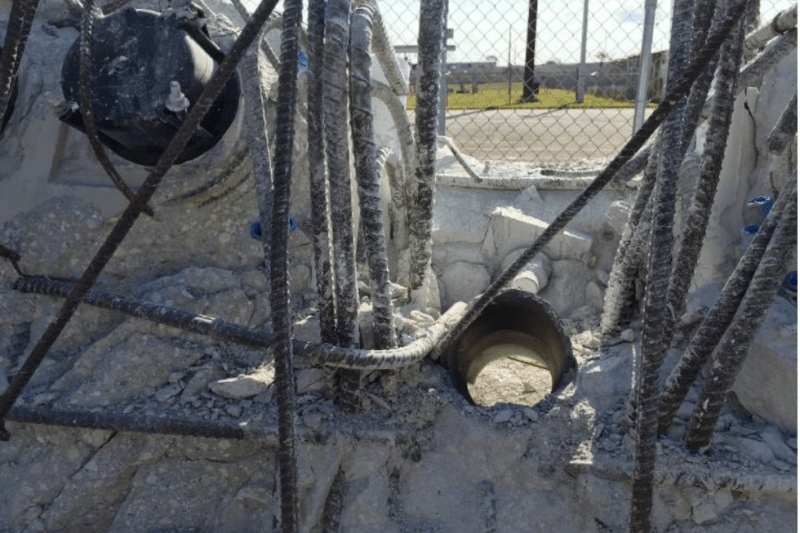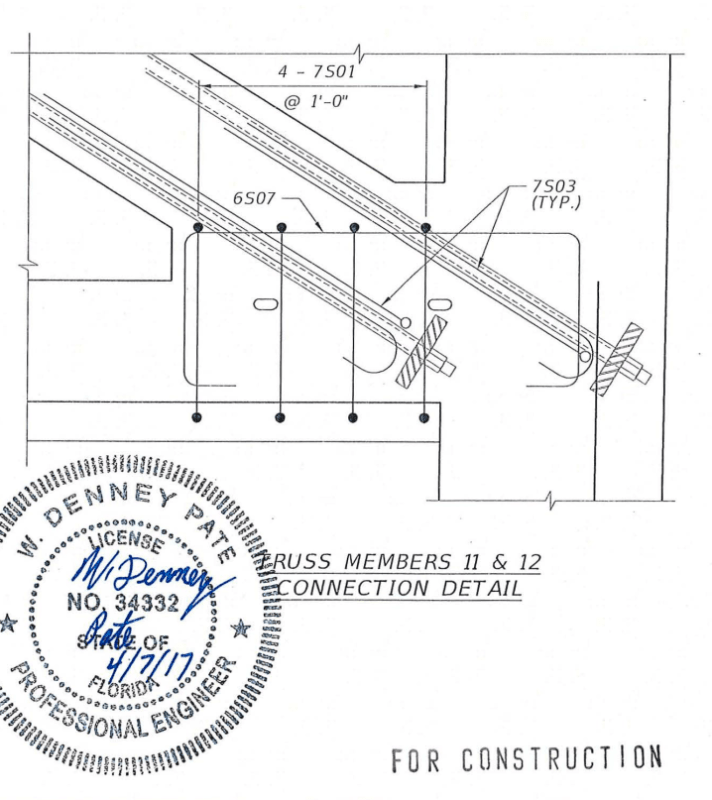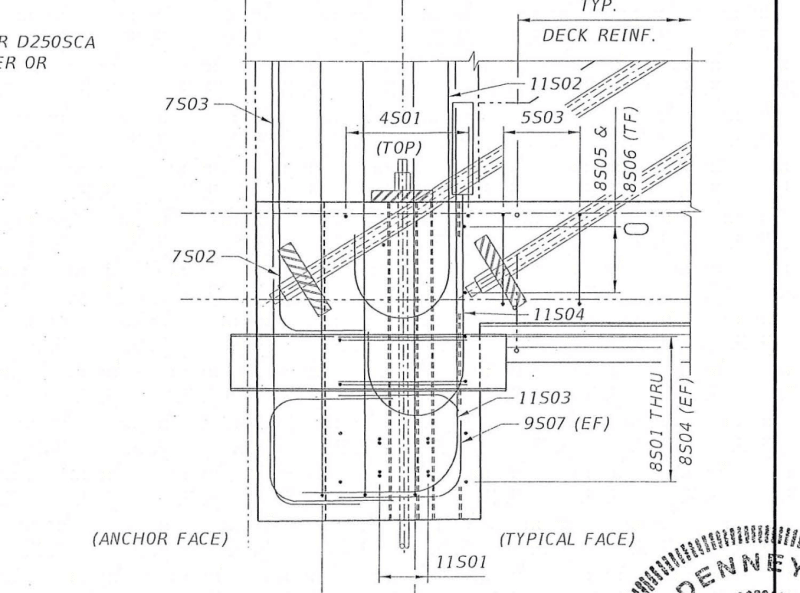Consider a vertical pinned end ideal truss, all members including the top and bottom chord are pinned at the joints. Now enforce an outward horizontal deflection at the first interior top node. The truss simply performs a rigid body rotation about the end pin support. Suppose now that the chords are continuous and extremely rigid in shear and flexure and cannot displace vertically. What happens when the first interior top is moved horizontally but cannot move vertically due to the rigidity of the chords, the diagonals will become axially loaded, in the case of Member 11, compression.
No truss is perfectly one or the other, although many, many years ago steel trusses were built with all "pinned" end members. Trusses with continuous top and/or bottom chords will induce axially loads into the diagonal members if one chord or the other is lengthened or shortened due of differential thermal movements or volumetric changes. This is also true for trusses if both top and bottom chords undergo the same change and both end supports are restrained from horizontal movement. Generally, these effects are not much of a factor for a metal truss, but still something that needs to be checked in final design if these conditions can be produced.
For a top concrete flange approximately 1 foot thick and 18' wide including edge upturns, 18 square feet, that has 4 tendon ducts with 12 strands each, total of 48, stressed, you will get 2.667 strands per square foot of concrete. The top flange is also cast in an arc that increases it's flexural rigidity. For the bottom chord approximately 1.5 foot thick average and 32' wide with upturns, 48 square feet, that has 10 ducts of 19 strands and two ducts of 12 for a total of 214 strands, the bottom chord has 4.458 strands per square foot of concrete. The bottom chord has approximately 1.67 times the prestress stress as the top chord and would be expected to have more total concrete creep shortening over time. Shrinkage also comes into play, bottom chord gets a head start but has a higher V/S than top chord slowing bottom chord shrinkage relative to top chord. Some say Hoover Dam is still shrinking. Very simplified analysis I'll admit.
In the spring temperatures trend warmer, bridge gets warmer, bridge gets longer, any amount of horizontal restraint at the supports increases compression in Member 11. Thermal mass of top chord is less than bottom chord, heats up faster as ambient temperatures rise. Top is always in sun, bottom chord get partially shaded from top chord, I'll give nearly white concrete better than medium gray for this effect. The thermal effects are still transient as long as everything remains elastic.
If, and this is the big if for which much more data needs to be made available, the structure has now reached the point were some of the steel elements are yielding from the combination dead load, creep, shrinkage and ambient temperature increase effects, then increased crack widths would be expected as these parameters continue to increase. If the steel is yielding, then differential temperatures with top warming faster than the bottom and then eventually equalizing would also "walk the stress strain curve to the right", eg for perfect elastic plastic curve if total is 0.1 inches at peak, 0.05 elastic and 0.05 plastic, then each cycle moves 0.1 inch but only recovers 0.05, then each cycle move the curve to the right 0.05 inches.
As a side note, creep due to prestress and thermal shrinkage due to cold are the nemesis of anyone one who has ever designed a posttensioned parking garage on my region. I have yet to find one that has internal ramps that didn't have at least diagonal cracks in the columns, especially at the short column segments between a ramp and flat floor. The closest I ever came was a single supported level garage that higher than typical column heights and an external, structurally isolated, ramp.




